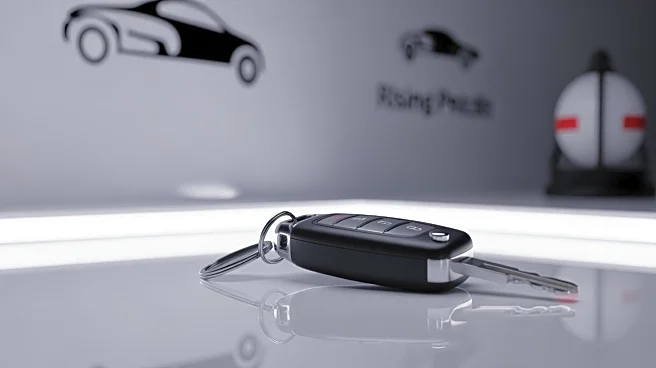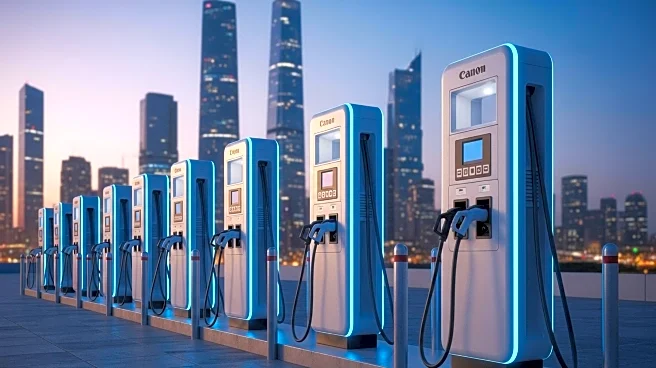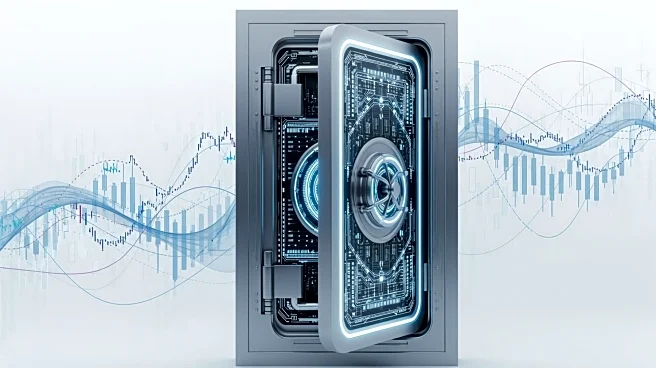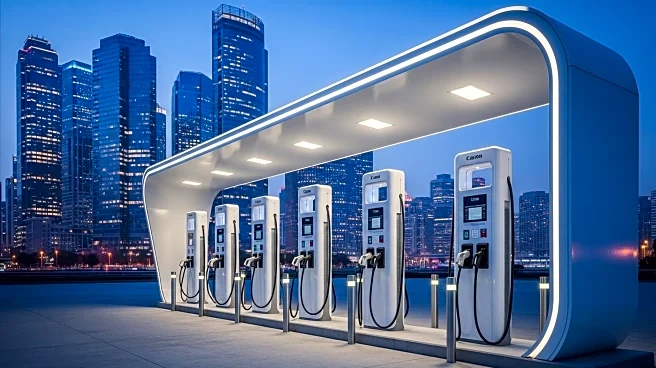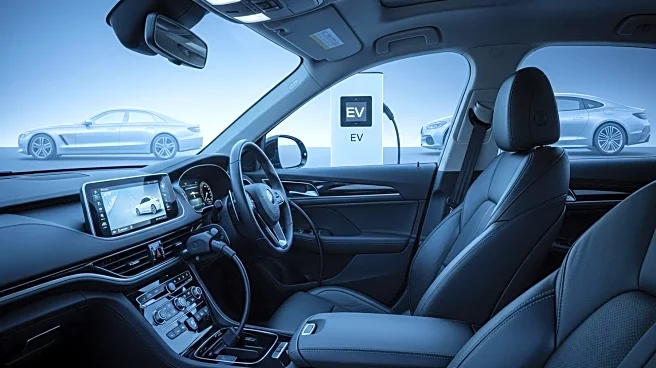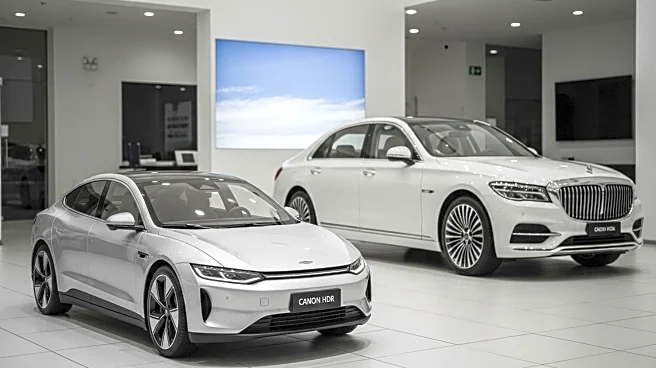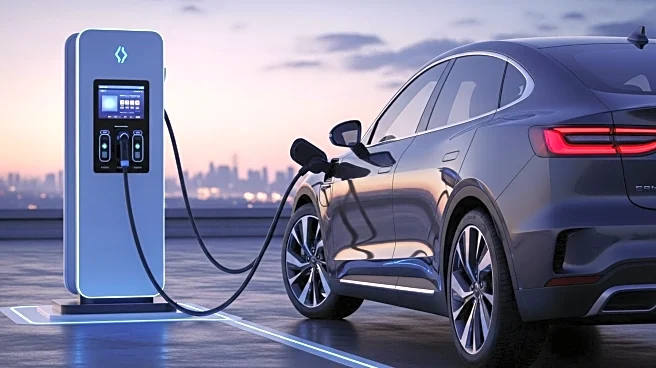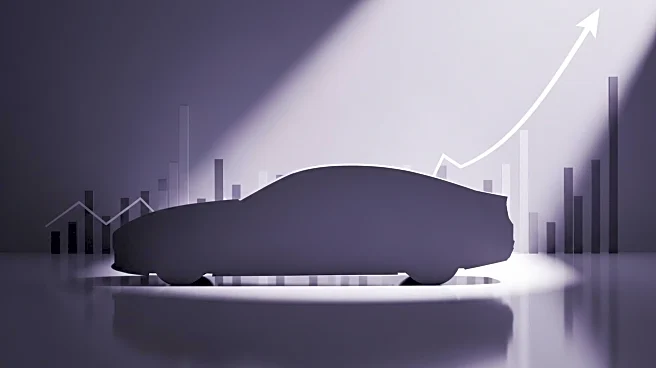What's Happening?
The average price of a new car in the United States has reached a record high of $50,080, according to Kelley Blue Book. This milestone reflects a significant increase in vehicle prices following the post-COVID recovery market. The rise in prices has been
attributed to a shift in the market towards more affluent buyers, with luxury and expensive electric vehicles contributing to the increase. Additionally, many consumers are facing negative equity on their trade-ins, with 28.1% of trade-ins applied toward new-vehicle purchases having negative equity. The average amount owed on these 'upside-down loans' was $6,905 in the third quarter, up from $6,458 a year ago. This situation is exacerbated by longer loan terms and higher monthly payments, with 19.1% of borrowers having monthly payments of $1,000 or more.
Why It's Important?
The rising cost of new vehicles is making car ownership increasingly unaffordable for many Americans, effectively turning new-vehicle ownership into a luxury. This trend could have significant implications for the automotive industry, as it may lead to a decrease in demand for new cars among average consumers. The financial strain on consumers could also result in increased debt levels and financial instability, as buyers take on larger loans and longer payment terms. The shift towards catering to affluent buyers may further widen economic disparities, as lower-income individuals are priced out of the new-car market. This situation could also impact the used-car market, as consumers may opt for more affordable options.
What's Next?
As new-car prices continue to rise, consumers may increasingly turn to used vehicles as a more affordable alternative. This shift could lead to changes in the automotive market, with dealerships and manufacturers potentially adjusting their strategies to cater to the growing demand for used cars. Additionally, financial institutions may need to reassess their lending practices to address the increasing levels of negative equity and high monthly payments. Policymakers may also consider interventions to address the affordability crisis in the automotive industry, potentially through regulations or incentives to promote more accessible vehicle options.
Beyond the Headlines
The current trend in new-car pricing highlights broader economic issues, such as income inequality and the financial pressures faced by average consumers. The normalization of high car payments and extended loan terms may have long-term implications for consumer financial health and economic stability. Additionally, the focus on luxury and electric vehicles reflects a shift in consumer preferences and environmental considerations, which could influence future automotive industry developments.
